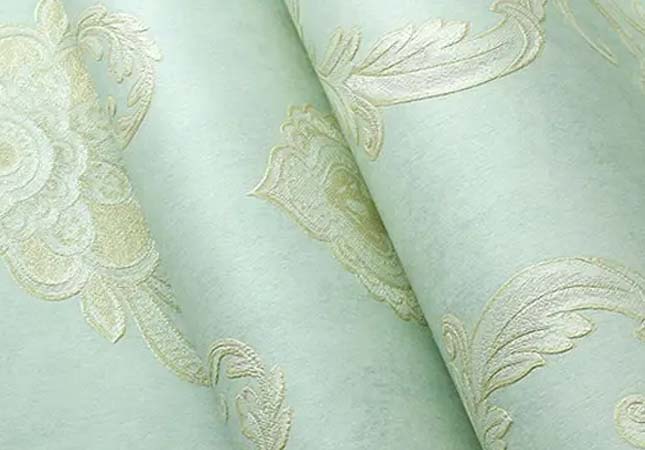Non woven fabric is also called non woven cloth or nonwovens in the past, was officially named as non-woven fabric in 1984. It is a kind of fiber materials that made by the shorter fiber or filament fiber through the methods of inter-fiber entanglement,bonding or cohesion or the combination of these ways, which need to be achieved by the fabric machines such as non woven fabric slitting machine. There is no weaving method is used in its production line so that be called non woven fabric. It can be categorized as “dry-laid non-woven process”, “wet-laid non-woven process”, ”polymer extrusion process” according to the production process. It optimized itself by integrates different industrial technologies with basing on the traditional production tech so that the non woven fabrics and its products have various applications in our daily life, industries, agriculture, transportation, water conservancy, civil engineering, medical care, aerospace and other fields.
Different Types of Non-woven Fabrics
1. Spunlace Non-woven Fabric
It is to spray high-pressure fine water flow onto one or more layers of fiber mesh, which makes the fibers entangled with each other to obtain a certain strength and be reinforced.
2. Thermally Bonding Non-woven Fabric
The process of producing thermally bonding non-woven fabrics is to heat the fiber mesh after added fibrous or hot-melt bonding reinforcement powder to make them melted in the fiber wed then cooled, so that the final materials can be reinforced into a cloth.
3. Wet-laid Non-woven Fabric
This type of non woven is to open fiber raw materials that placed in an aqueous medium into single fibers materials, and mix up different fiber raw materials at the same time to make fiber suspension pulp. Then transport the suspension pulp to mesh-forming mechanism to form the fiber mesh in a wet state then reinforced the mesh into cloth.
4. Spunbond Non-woven Fabric
After the polymer has been extruded and stretched into filaments fibers, the filaments fibers formed a fiber mesh, then process the fiber mesh with the methods of self-bonded, thermally bonded, chemically bonded or mechanically reinforced so that spunbond non woven fabrics are produced out.
Application of Non-woven Fabrics in Clothing & Household Items
1. Fusible Interlining
Adhesive lining is a lining coated with hot melt adhesive, which is one of the accessories often used in fabric production. It is attached to the back of the fabric by being heated and pressed. It can reflect the stiffness and thickness of clothes when it is necessary and can also make the fabrics easy to be handled when fabrics are too soft and slippery. It can be made by the methods f dusting powder, powder point or paste point coating and to be pressed with the cloth through heat by using a pressing machine (iron can be used for some adhesive linings). Additionally, there are high-grade linings such as chest velvet and elastic velvet for suits, and hot melt adhesive linings reinforced with warp knitting and weft insertion for light and thin fabrics.
2. Home Decorations & Daily Necessities

The applications of non-woven fabrics in our daily life can be referred to every daily necessities such as wall covering, curtains and blankets. The adjustable blinds curtain can be made by non-woven fabrics by being laminated with metal coatings, so that the angle of the curtain strips can be adjusted according to the incidence of sunlight, which is convenient for shading or heat preservation. Carpets and blankets are also usually made by non woven fabrics, they can be divided into 3 types : flat carpets, striped carpets and fancy carpets. Among them, fancy carpets have beautiful floral patterns and bright colors; while striped carpets are resistant to trampling and can be used as full carpets and are widely used in public places (such as hotel.)




